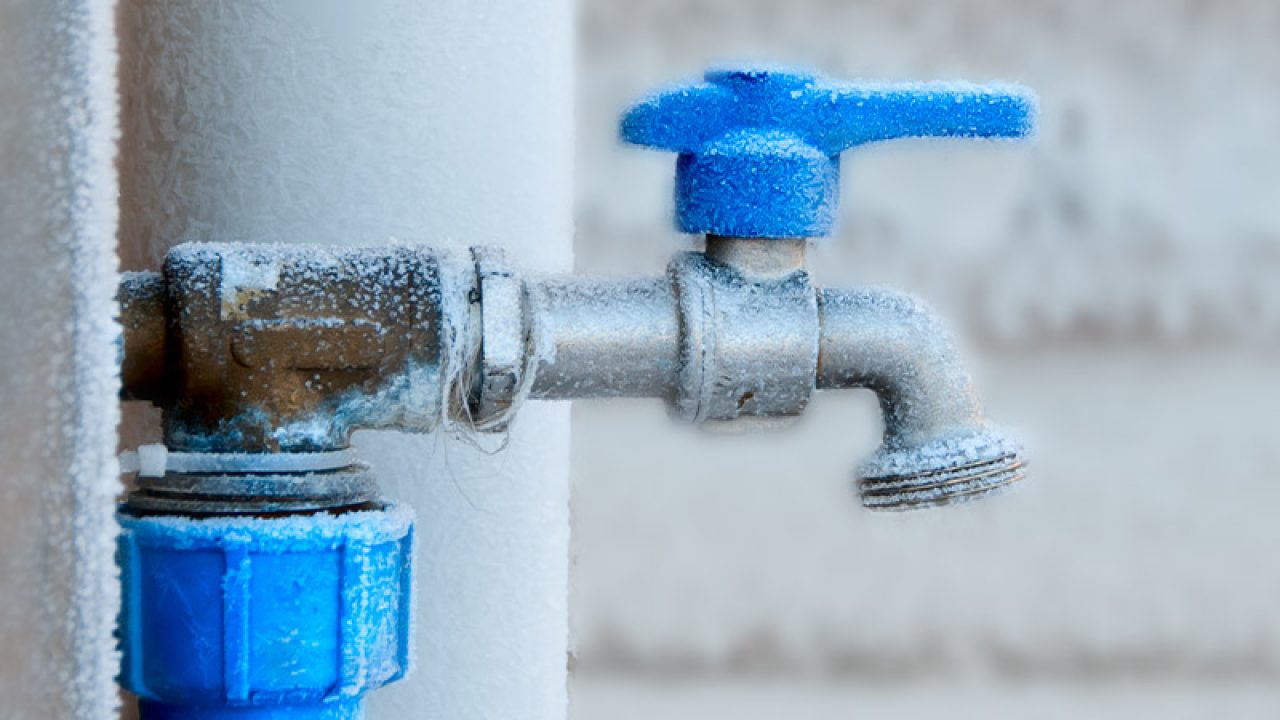How to Defend Your Pipes from Freezing: Specialist Guidance
How to Defend Your Pipes from Freezing: Specialist Guidance
Blog Article
How do you actually feel on the subject of 6 Ways to Prevent Frozen Pipes?

Winter can wreak havoc on your pipes, especially by freezing pipelines. Right here's just how to stop it from occurring and what to do if it does.
Intro
As temperatures decline, the risk of icy pipes rises, possibly bring about pricey repairs and water damages. Recognizing exactly how to avoid frozen pipelines is important for home owners in chilly climates.
Comprehending Frozen Pipelines
What creates pipes to freeze?
Pipelines ice up when subjected to temperature levels listed below 32 ° F (0 ° C) for prolonged periods. As water inside the pipelines ices up, it expands, taxing the pipeline walls and potentially triggering them to burst.
Threats and damages
Icy pipes can cause water supply interruptions, residential property damage, and costly repairs. Burst pipelines can flood homes and trigger considerable structural damages.
Indicators of Frozen Pipes
Determining icy pipes early can avoid them from rupturing.
Just how to identify frozen pipelines
Search for lowered water flow from taps, unusual smells or noises from pipelines, and visible frost on subjected pipelines.
Avoidance Tips
Protecting at risk pipes
Cover pipelines in insulation sleeves or use warm tape to shield them from freezing temperatures. Focus on pipes in unheated or exterior locations of the home.
Heating techniques
Keep interior spaces appropriately heated, particularly locations with plumbing. Open closet doors to enable warm air to distribute around pipelines under sinks.
Securing Exterior Plumbing
Yard hoses and exterior faucets
Detach and drain yard hose pipes prior to winter season. Mount frost-proof spigots or cover outdoor faucets with protected caps.
What to Do If Your Pipelines Freeze
Immediate actions to take
If you suspect icy pipelines, keep taps open up to alleviate stress as the ice melts. Make use of a hairdryer or towels soaked in hot water to thaw pipes slowly.
Long-Term Solutions
Architectural changes
Consider rerouting pipes away from exterior walls or unheated areas. Include added insulation to attic rooms, cellars, and crawl spaces.
Updating insulation
Invest in premium insulation for pipes, attics, and walls. Appropriate insulation assists preserve constant temperatures and reduces the risk of frozen pipes.
Final thought
Avoiding icy pipes calls for aggressive procedures and fast responses. By understanding the reasons, indicators, and preventive measures, property owners can shield their plumbing during winter.
6 Proven Ways to Prevent Frozen Pipes and Protect Your Home
Disconnect and Drain Garden Hoses
Before winter arrives, start by disconnecting your garden hoses and draining any remaining water. Close the shut-off valves that supply outdoor hose bibs and leave the outdoor faucet open to allow any residual water to drain. For extra protection, consider using faucet covers throughout the colder months. It’s also important to drain water from any sprinkler supply lines following the manufacturer’s directions.
Insulate Exposed Pipes
Insulating your pipes is an effective way to prevent freezing. Pipe insulation is readily available at home improvement stores and is relatively inexpensive. Pay close attention to pipes in unheated areas such as the attic, basement, crawl spaces, or garage. Apply foam insulation generously to create a buffer against the cold. You can also wrap your pipes in heat tape or thermostat-controlled heat cables for added warmth.
Seal Air Leaks
Inspect your home for any cracks or openings that could let in cold air. Seal any holes around the piping in interior or exterior walls, as well as the sill plates where your home rests on its foundation. Additionally, make sure to keep your garage door closed unless you’re entering or exiting. Leaving it open creates a significant air leak that can lead to frozen pipes.
Allow Warm Air Circulation
During cold snaps, it’s essential to allow warm air to circulate evenly throughout your home. Leave interior doors ajar to promote better airflow. Open kitchen and bathroom cabinets to help distribute heat consistently around the rooms. If you have small children or pets, be sure to remove any household chemicals or potentially harmful cleaners from open cabinets for safety.
Let Faucets Drip
A small trickle of water can make a big difference in preventing ice formation inside your pipes. When temperatures drop significantly, start a drip of water from all faucets served by exposed pipes. This continuous flow helps prevent the water from freezing. Additionally, running a few faucets slightly can relieve pressure inside the pipes, reducing the chances of a rupture if the water inside does freeze.
https://choateshvac.com/6-proven-ways-to-prevent-frozen-pipes-and-protect-your-home/

I'm just very fascinated by Prevent Frozen Pipes and I really hope you liked my blog posting. I beg you take the opportunity to distribute this write-up if you appreciated it. We recognize the value of your readership.
Details Here Report this page